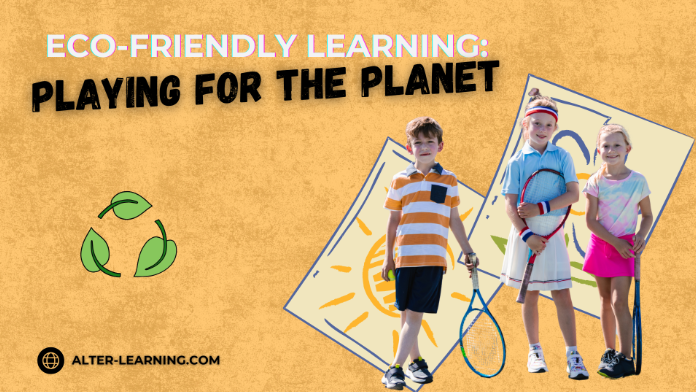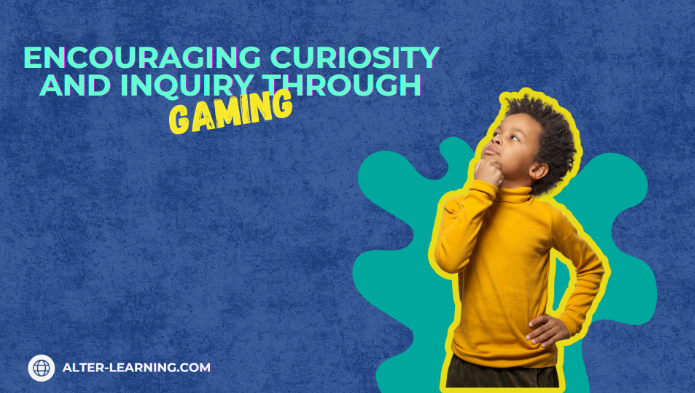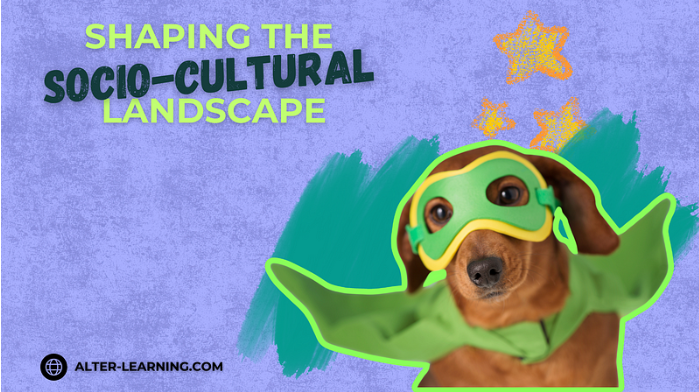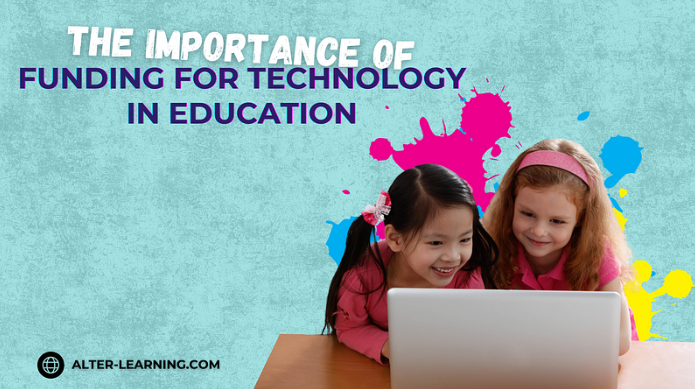Environmental education is no longer a niche topic. As climate change, biodiversity loss, and sustainability challenges become more urgent, today’s learners are growing up in a world that demands ecological literacy.
But traditional methods of teaching environmental science — worksheets, lectures, and static diagrams — may not be enough to inspire action. Alter-Learning’s immersive educational platforms offer another path forward: one where students experience environmental systems firsthand and make decisions that mirror real-world sustainability choices.
Turning Green Concepts into Interactive STEAM Learning
Educators aiming to integrate environmental themes into STEAM subjects can find strong support in immersive learning environments. These tools can provide a framework for exploring science concepts like photosynthesis, ecosystems, and resource management while helping students build systems thinking and critical decision-making skills.
Features that can support this kind of interactive STEAM learning include:
- Eco-based simulations that mirror real-world sustainability decisions,
- Resource-balancing mechanics that teach students to weigh cost versus conservation,
- Plant biology modules where learners observe growth cycles, photosynthesis, and habitat impact,
- Narrative experiences that guide students through environmental restoration or conservation challenges.
Through this kind of content, students may not just learn about the environment — they can practice decision-making within it.
Teaching Conservation Through Gameplay
One way immersive tools can support environmental awareness is by integrating conservation into game mechanics. When players must monitor their energy use, ration fuel, or consider the trade-offs of convenience and consumption, they begin to engage with the same types of decisions people face in real life.
These mechanics might include:
- Energy meters that simulate fuel consumption and penalize wasteful actions,
- Upgrade systems where efficiency improvements reward long-term thinking,
- Delivery and logistics tasks that require route optimization to minimize impact,
- Urban ecology overlays that reflect the environmental effect of transportation choices.
Rather than abstract concepts, conservation becomes a challenge to solve — teaching sustainability in a format students can both understand and enjoy.
Growing Knowledge from the Ground Up
Environmental science isn’t only about resource use. It’s also about understanding and protecting life. By encouraging learners to observe, care for, and nurture digital plant life, immersive platforms can teach ecology from a more personal and hands-on perspective.
In some immersive experiences, students might:
- Take on the role of a novice gardener restoring a neglected world,
- Explore diverse plant species and match their care to environmental conditions,
- Discover how sunlight, water, and soil chemistry interact through photosynthesis simulations,
- Collaborate with virtual guides to solve ecological puzzles and bring balance to a digital ecosystem.
These story-rich learning experiences can help build not only science skills but also emotional investment -an essential foundation for environmental stewardship.
Environmental education doesn’t have to mean abstract lectures or intimidating statistics. When sustainability becomes part of a mission, a puzzle, or a character’s journey, learners may connect with it on a deeper level.
Immersive learning environments that promote eco-friendly thinking -whether through managing delivery routes or reviving a digital garden -can offer students the tools to care, reflect, and act. Education that fosters curiosity and awareness can be the first step toward a generation of problem-solvers who see the planet not as a challenge to fear, but a world to protect.
Follow Alter-Learning for more insights into immersive education, edtech success stories, and the future of learning. Want to explore how VR/AR could transform your school or learning platform? Let’s connect.




